“Better to prevent than regret.” -El Salvadoran proverb
Other Pandemic National Case Studies can be found here.
Located midway between Mexico and the Panama Canal zone, El Salvador definitely qualifies as a Central American nation. And until very recently, it was one of the most dangerous places to be in the entire Western hemisphere, a fact owed to a deadly civil war that raged from the late 70s to the early 90s and the presence of established rival gangs.
That changed in 2019 when then 37 year old Nayib Bukele was elected the first President of El Salvador not from either of the two major parties (right wing or left wing) since the early 1980s. Within a year, the murder rate plummeted more than 50%, and is now down around 80% from just a few years ago, though there is a bit of controversy over the way Bukele is going after the gans. Note how those articles and videos linked take the stance that, in so many words, “there is no evidence that Bukele’s policies led to these improvements.” The oft-maligned outsider candidate handles the many jabs he receives with a bit of wry humor, declaring himself the “world’s coolest dictator.” In an ongoing financial experiment, Bukele made Bitcoin an official legal tender in September 2021 showing that he is not afraid to try new policies.

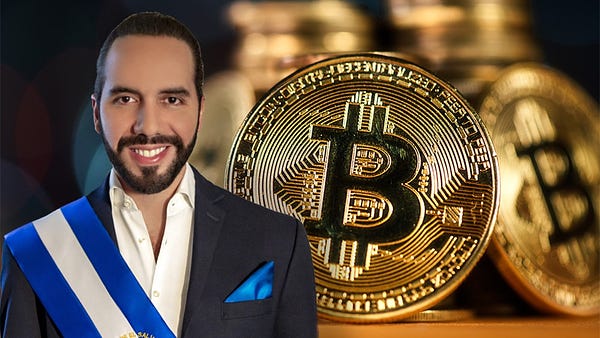
We are currently around the time in the four year cycle of Bitcoin when price lows take place, so the result of this experiment will be more apparent around the end of Bukele’s term in 2024.
But what you’re probably here to find out is how El Salvador has fared during the COVID-19 pandemic? I just wanted to set the table for readers to understand the nation that is currently El Salvador.
Early Treatment Medicine During the Early Going in El Salvador
"I use it as a prophylaxis, President Trump uses it as a prophylaxis, most of the world's leaders use it as a prophylaxis." -Nayib Bukele, President of El Salvador, discussing hydroxychloroquine
Like many nations, El Salvador responded early to the pandemic by shutting down most international travel. Oddly, a lot of Western media reported this level of lockdown more harshly than it did for most other nations. On a more scientific note, El Salvador actively promoted healthy lifestyles, including maintenance of Vitamin D levels that have been highly associated with COVID-19 outcomes.

Other aspects of the story in El Salvador are much the same as in Costa Rica. While El Salvador saw a case surge mid-2020 after lifting restrictions, El Salvador has outperformed the rest of the world ever since. We might look for reasons why this is the case.
El Salvador distributed HCQ throughout its hospital network and never became a particularly large center of spread during the first year of the pandemic. Later during the pandemic, El Salvador distributed ivermectin along with vitamins and zinc:

When the WHO pressured nations in late May to stop using the drug, El Salvadorian President Nayib Bukele declared that he and other world leaders are taking the drug. El Salvador has continued HCQ treatment of patients ever since, and with no major outbreak and lower CFR than most all of North America
Let’s take a look at all of Central America together. We can probably ignore the systematically incompetent government of Nicaragua. Otherwise, El Salvador looks to have 60% fewer deaths per capita than the rest of Central America.
While El Salvador’s median age is younger than that of many nations around the world, it is higher than that of most Central American nations, which helps us gauge relative responses.
Despite El Salvador’s relative success during the early going of the pandemic, some media reported that El Salvador’s health system was in collapse:
The increase in people dying at home reflects the enormous strain COVID-19 has put on the health system. Not only has the lack of access to primary health care services contributed to the deterioration of the health of patients with chronic diseases, resulting in more deaths, but both the ambulance system and hospitals are operating at full capacity.
Wendy, a doctor working for MSF's ambulance service, said that some patients die while waiting to be transferred to a hospital. “We have to wait for authorization from the public health system to be able to move patients to a care center, since we cannot transfer the patient from [their] home without prior coordination and authorization from the public health system,” said Wendy.
However, it was only after El Salvador stopped promoting HCQ as a treatment (but still allowed its use as a prophylaxis) at the behest of the WHO in late May in the wake of the Surgisphere debacle that El Salvador’s COVID-19 death toll began to climb much at all.
Also in late May, Human Rights Watch director Ken Roth took a shot at Bukele, associating the use of HCQ with Trump and poor prison conditions (despite the fact that Bukele inherited a difficult prison “hell” and effectively eliminated a great deal of crime during his term).

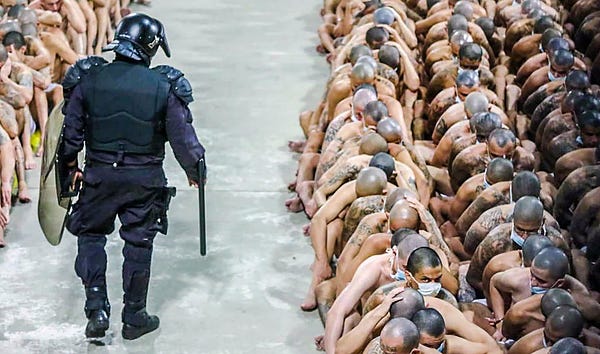
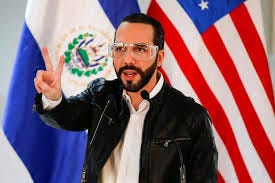
No word from Roth as to whether it’s time to boycott Bukele’s favorite beverage or the manufacturer of his automobile on the basis of prison overcrowding.
El Salvador’s Mass Experimental Quasi-Vaccination Campaign
El Salvador and other Central American nations started their vaccination programs later than most nations further north in latitude. The El Salvadoran experimental mass vaccination program began in mid-March of 2021, free of charge through COVAX/GAVI and other institutions.
El Salvador is one of 92 countries worldwide that are receiving vaccines at no cost through the COVAX Facility and Gavi, the Vaccine Alliance.
“The delivery of these doses means El Salvador can continue with its vaccination strategy and thus protect its population from COVID-19,” said Dr. Francisco Alabi, the Salvadoran Minister of Health.
Since the first case of COVID-19 was reported in Salvadoran territory, the country has recorded 61,814 cases and 1,935 deaths as a result of the SARS-CoV-2 virus.
COVAX aims to supply vaccines for at least 20% of the population of each participating country during 2021. In this first round of vaccine allocation, all countries participating in COVAX will receive enough doses to vaccinate 2.2-2.6% of their populations. The only exceptions are the small island developing states, which, due to their size, will receive enough doses for 16-20% of their populations, considering the high logistical cost of delivering small quantities of vaccines.

Most doses in El Salvador were administered from mid-April through mid-October of 2021.
What followed pretty closely was El Salvador’s largest COVID-19 mortality wave.
Though just over 70% of El Salvador’s population is vaccinated (66% fully vaccinated) as of this writing, only around 30% of the populace went back for a booster dose, which have been offered for a full nine months.
Though El Salvador’s population is as vaccinated as most other nations around the world, President Bukele is outspoken in criticizing mandates.
Given the evidence, which policies do you think worked well for El Salvador, and which were failures?




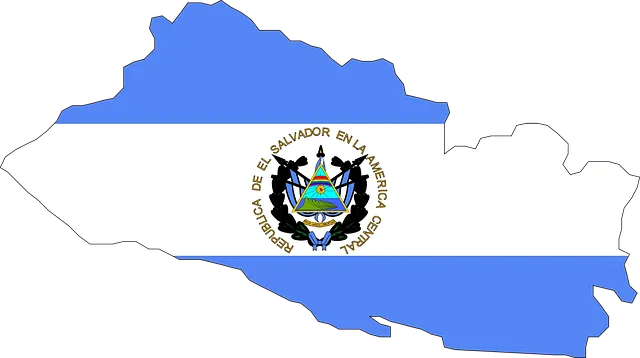


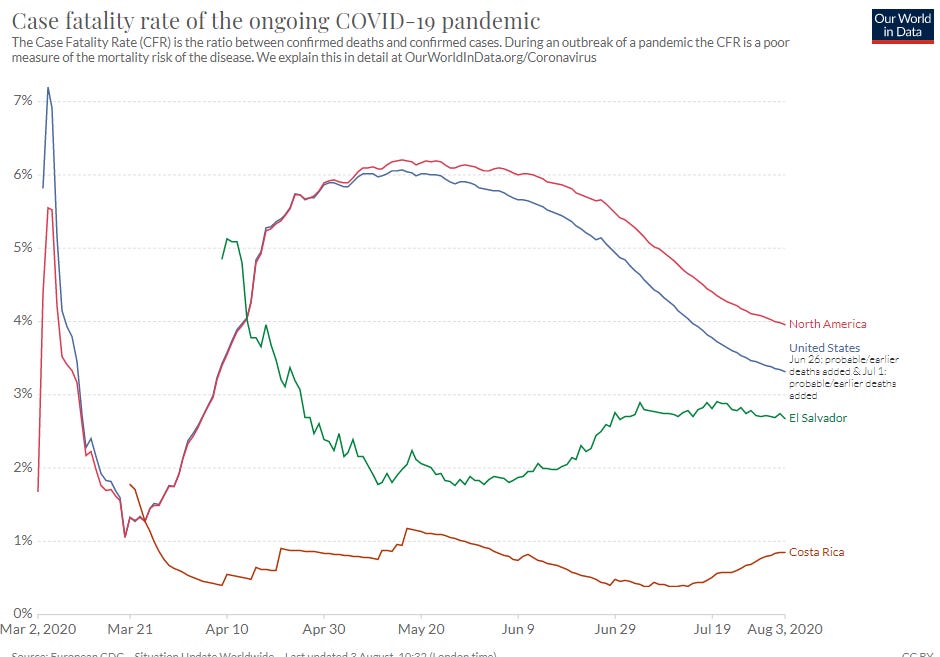
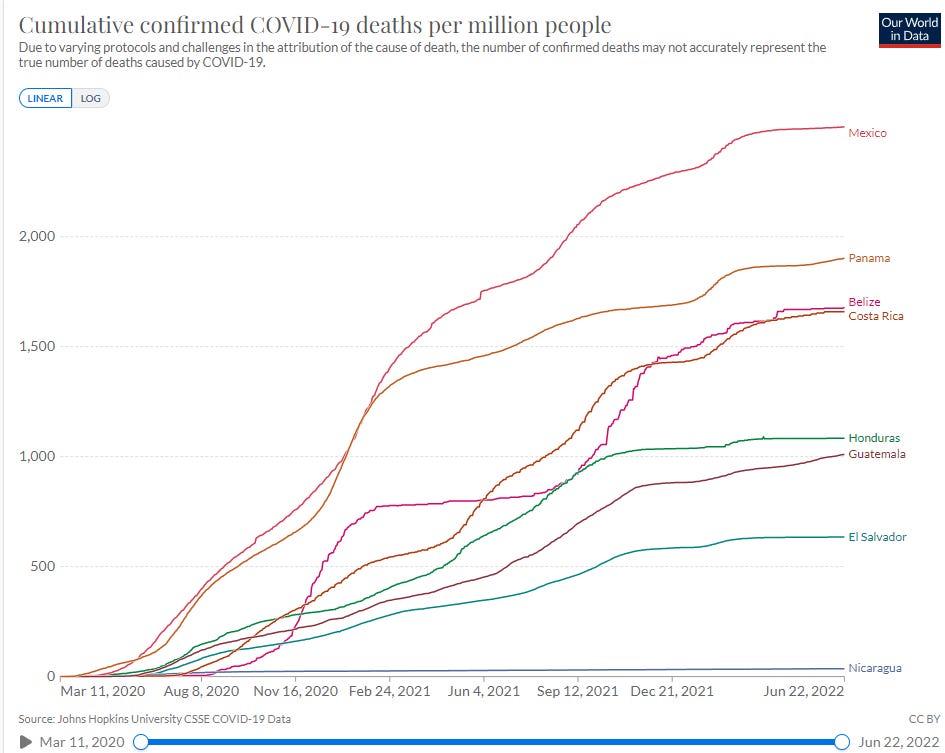
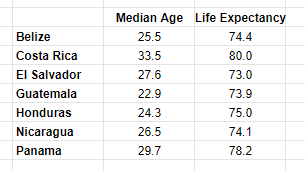
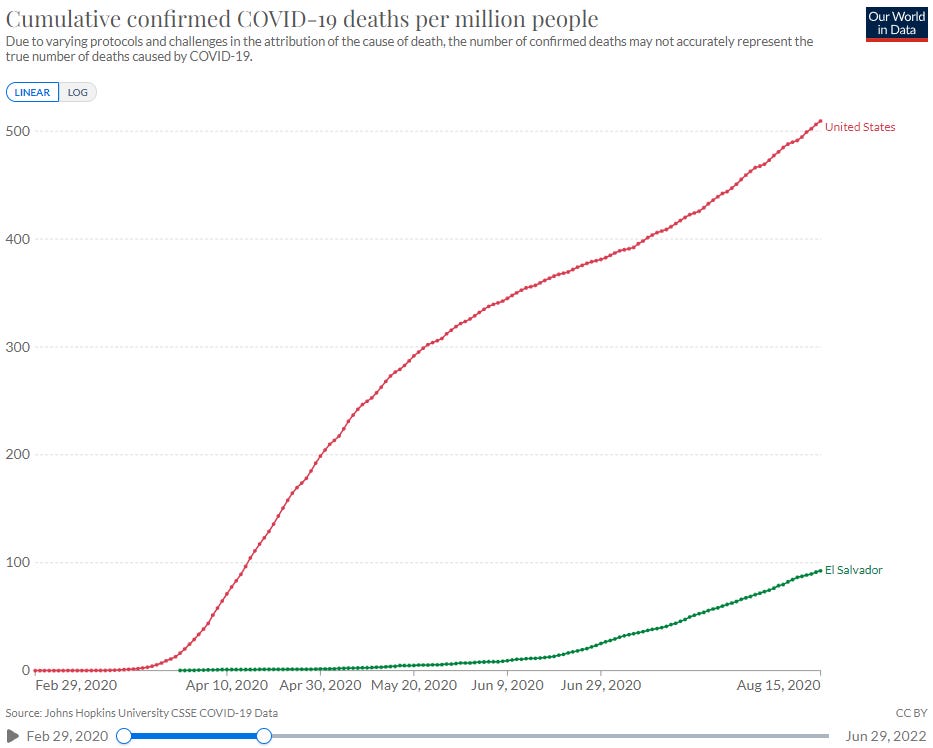
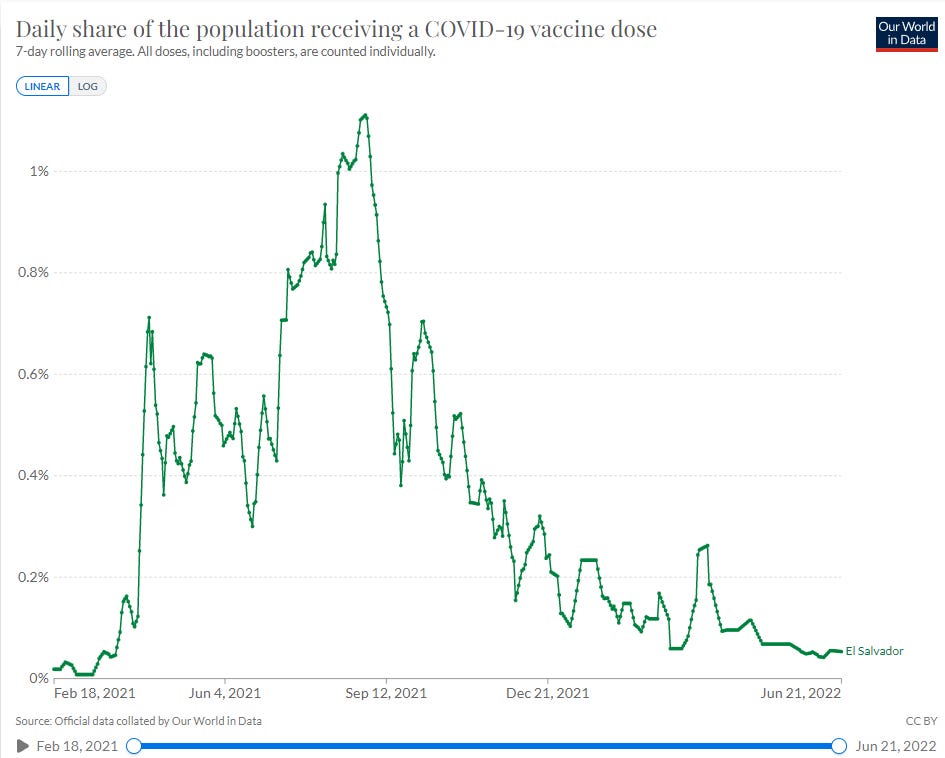
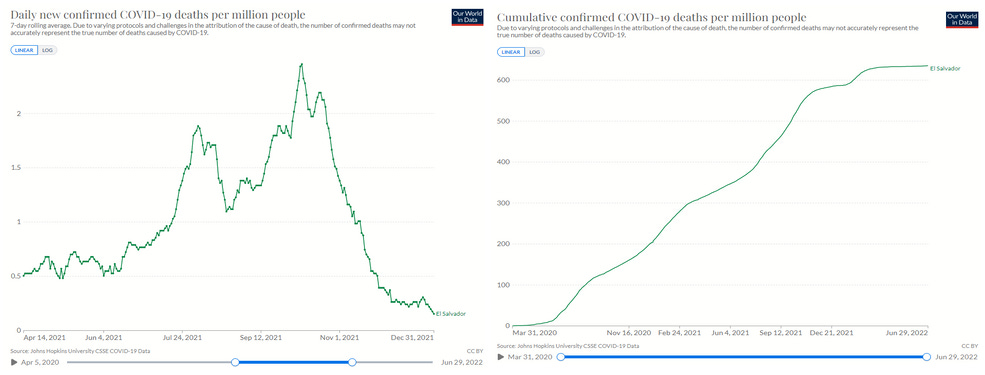
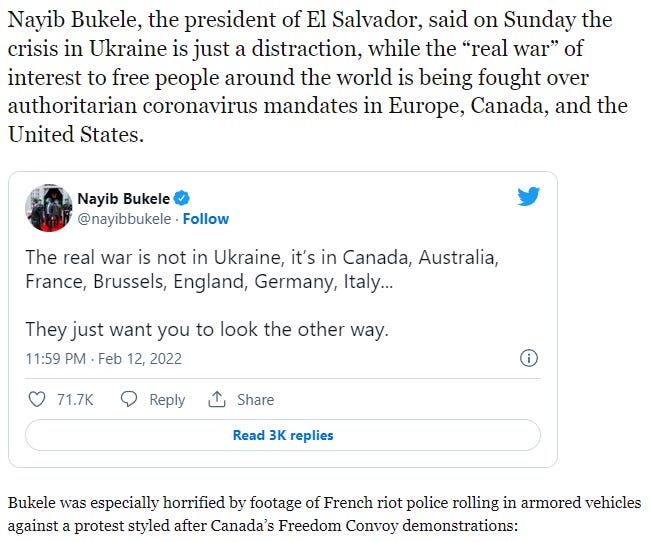
Wow...so this president is not a WEF young global leader....this is very obvious these days, isn't it? "El Salvador President on Ukraine: ‘The Real War Is in Canada’........yup, you got that right......
I hope he has a strong, loyal security detail. We have seen the pattern already. Any country leader who speaks out or actually helps his citizens is knocked off.